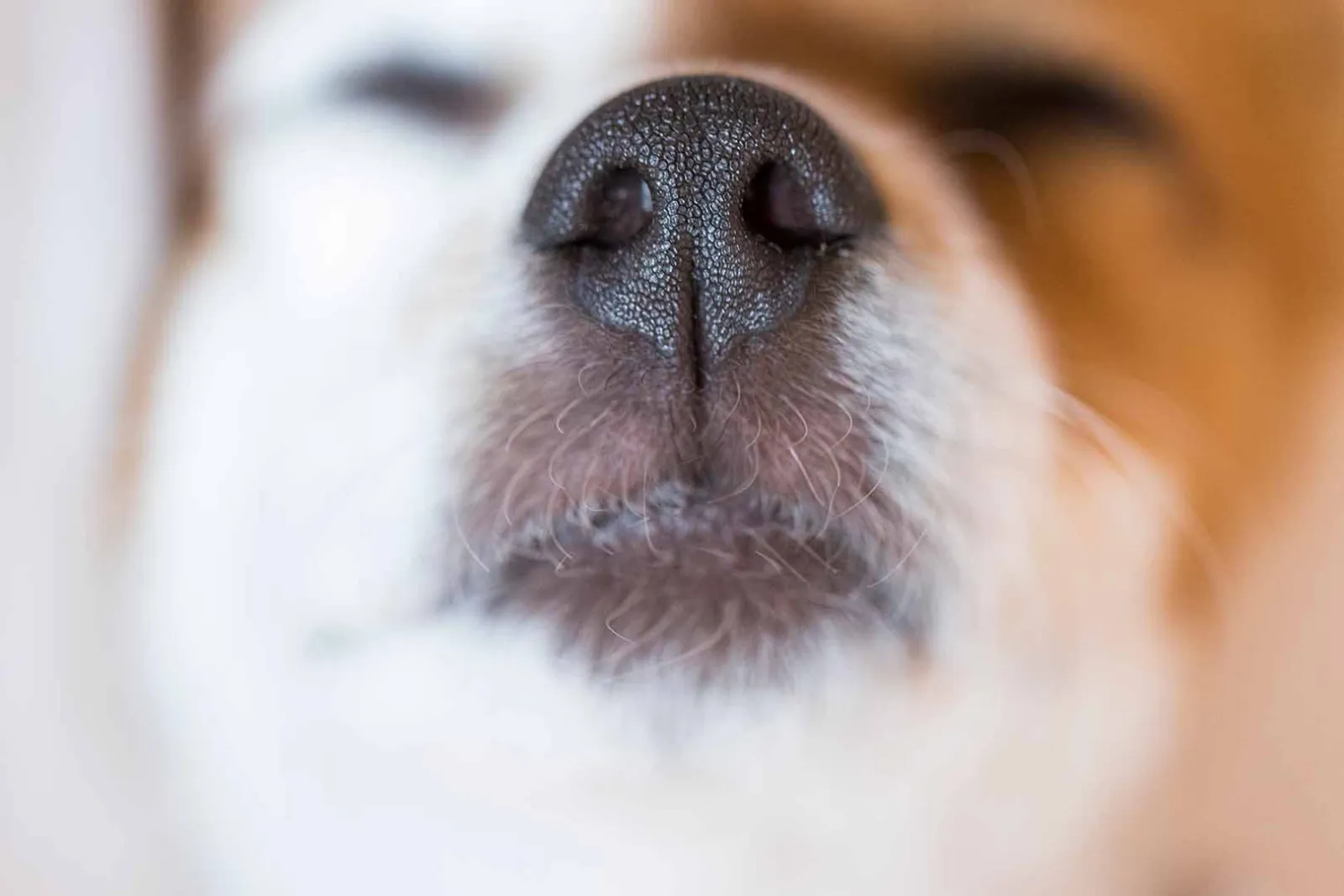Why Is My Dog Reverse Sneezing So Much?

- Understand paroxysmal respiration and why it happens in dogs.
- Learn common triggers of reverse sneezing episodes.
- Find out how to comfort your dog during these episodes.
If you've ever heard your dog make a sudden, alarming snorting sound, you're not alone. Many pet owners worry when their dog experiences a reverse sneezing episode, a condition also known as paroxysmal respiration. Although it might seem scary, reverse sneezing is usually harmless. However, frequent episodes could signal an underlying issue.
We'll explore the causes of reverse sneezing in dogs, what it means when your pup makes that peculiar snorting sound, and how to handle the situation.
What Is Reverse Sneezing?
Reverse sneezing, or paroxysmal respiration, occurs when a dog rapidly inhales through the nose in response to irritation in their nasal passages. This creates the characteristic snorting sound that often alarms pet parents. While the noise may resemble choking or gagging, reverse sneezing is different and rarely harmful.
Dogs experiencing a reverse sneezing episode usually stretch their necks and appear momentarily distressed. These episodes typically last for 10-30 seconds, after which your dog should return to normal.
Common Causes of Reverse Sneezing in Dogs
Several factors can irritate a dog's nasal passages and trigger reverse sneezing episodes.
Some of the most common causes of reverse sneezing in dogs include:
- Allergies: Pollen, dust, and mold can irritate your dog's nasal lining, leading to reverse sneezing.
- Environmental irritants: Smoke, strong perfumes, or household cleaners can also trigger episodes.
- Excitement or exercise: Overexcitement or vigorous activity can cause a dog to experience reverse sneezing.
- Foreign objects: Small particles, like grass or seeds, can get lodged in your dog's nasal passages.
- Respiratory infections: Conditions such as kennel cough or nasal infections might increase the likelihood of episodes.
- Brachycephalic breeds: Breeds like pugs and bulldogs, with their short noses, are more prone to reverse sneezing due to their anatomy.
Reverse sneezing can be caused by a combination of these factors, and some dogs may be more sensitive than others. Understanding what triggers your dog's episodes can help you better manage the condition and reduce its frequency, ensuring your pet stays comfortable and stress-free.
When to Be Concerned
Although reverse sneezing is usually harmless, excessive episodes might indicate a more serious issue. If your dog is reverse sneezing so much that it disrupts their daily life, consult your veterinarian.
Frequent or severe episodes could point to conditions such as:
- Nasal polyps or tumors
- Chronic allergies
- Obstructions in the nasal cavity
- Fungal infections
Watch for accompanying symptoms like nasal discharge, difficulty breathing, or lethargy. These signs could warrant further investigation by a vet.
How to Help Your Dog During a Reverse Sneezing Episode
After a reverse sneezing episode, there are a few simple steps you can take to comfort them:
- Stay calm: Dogs are highly intuitive and can pick up on your anxiety. Remaining calm will help reassure them.
- Gently massage their throat: This can help relax the muscles and ease their breathing.
- Cover their nostrils momentarily: Briefly closing their nostrils encourages swallowing, which can clear any irritants.
- Offer a distraction: A sip of water or a light snack might help shift their focus and alleviate the episode.
These techniques can help your dog recover quickly and feel more at ease during a reverse sneezing episode. By responding with care and patience, you can build your dog's trust and create a comforting environment whenever these episodes occur.
Preventing Future Episodes
Understanding the causes of reverse sneezing in dogs can help you reduce the frequency of episodes.
Here are some preventive measures:
- Reduce allergens in your home by keeping it clean and free of dust and pollen.
- Don't use strong-smelling cleaning products or air fresheners.
- Use a harness instead of a collar to prevent pressure on your dog's throat.
- Monitor your dog during outdoor activities to prevent them from inhaling foreign objects.
Final Thoughts
Hearing your dog produce a sudden snorting sound can be unsettling, but reverse sneezing episodes are usually harmless. By understanding paroxysmal respiration, recognizing its triggers, and taking steps to comfort your pet, you can handle these episodes with confidence.
However, if you notice frequent or severe episodes, don't hesitate to consult your veterinarian. They can help identify any underlying issues and ensure your dog stays happy and healthy.
Forever Vets is here to support you and your furry friend through every stage of their health journey. Contact us today!


